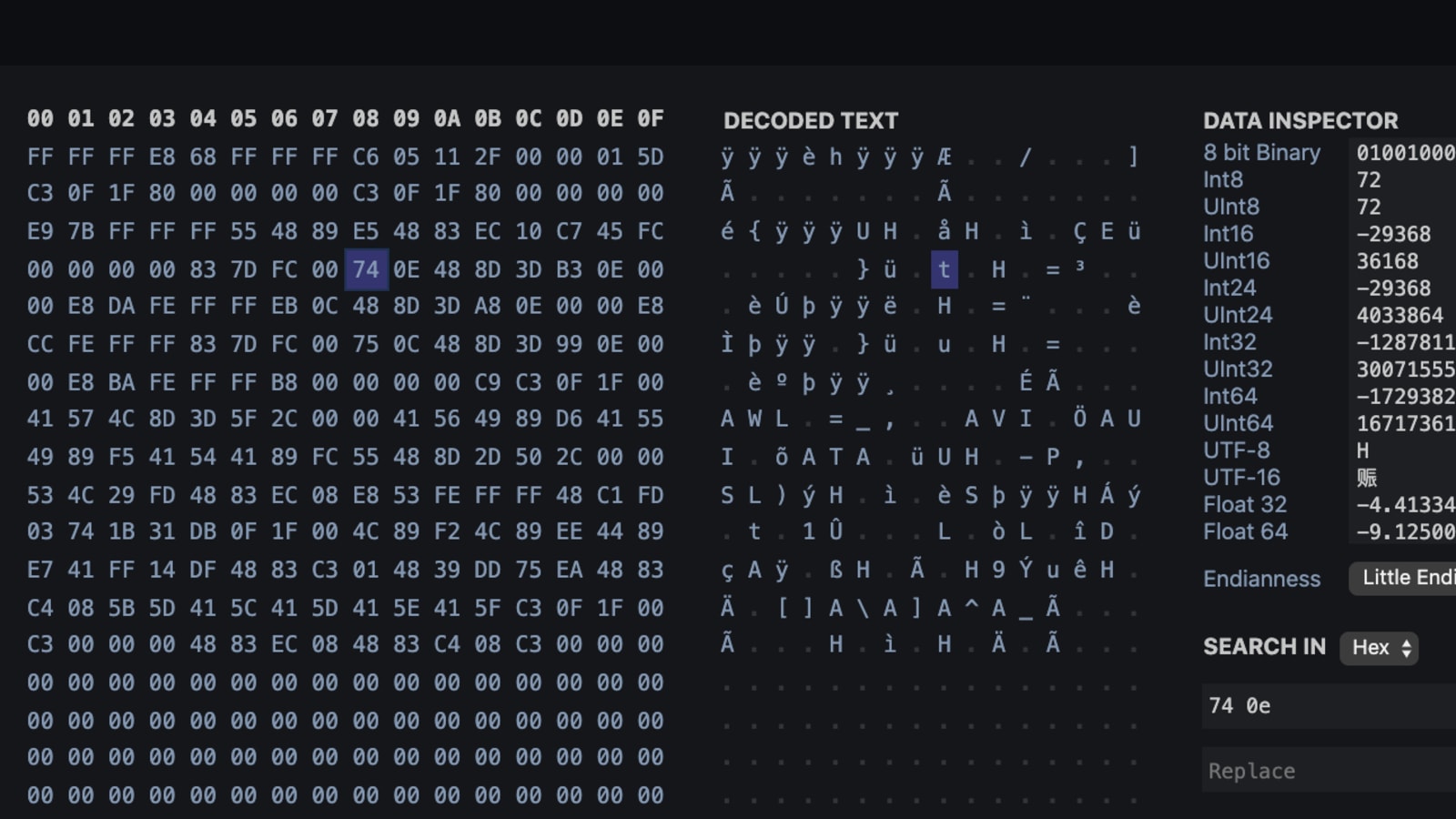Embarcadero Dev-C can also be used in combination with Cygwin or any other GCC based compiler. Embarcadero Dev-C is a new and improved fork (sponsored by Embarcadero) of Bloodshed Dev-C and Orwell Dev-C. Embarcadero Dev-C is built in the latest version of Embarcadero Delphi. Main Features include: TDM-GCC 4.9.2 32/64bit. XVI32 is a freeware hex editor running under Windows 9x/NT/2000/XP/Vista/7. The name XVI32 is derived from XVI, the roman notation for the number 16. XVI32 and all of its components are developed by myself. The current release 2.55 is available since June 26, 2012. It comes with a complete online help and requires only 1.02 MB of hard disk space. HxD is a Free Portable Hex Editor and Disk Editor that can in addition be used for raw disk editing and modifying of (main Memory) RAM. It offers an easy to use interface with essential features such as search and replace, export, file shredding, splitting of files and concatenation, statistics and much more.
Originally released by Bloodshed Software, but abandoned in 2006, it has recently been forked by Orwell, including a choice of more recent compilers. It can be downloaded from:
http://orwelldevcpp.blogspot.comInstallation
Run the downloaded executable file, and follow its instructions. The default options are fine.Support for C++11
By default, support for the most recent version of C++ is not enabled. It shall be explicitly enabled by going to:Tools -> Compiler OptionsHere, select the 'Settings' tab, and within it, the 'Code Generation' tab. There, in 'Language standard (-std)' select 'ISO C++ 11':
Ok that. You are now ready to compile C++11!
Compiling console applications
To compile and run simple console applications such as those used as examples in these tutorials it is enough with opening the file with Dev-C++ and hitF11.As an example, try:
File -> New -> Source File (or Ctrl+N)There, write the following:
Then:
File -> Save As... (or Ctrl+Alt+S)And save it with some file name with a
.cpp extension, such as example.cpp.Now, hitting
F11 should compile and run the program.If you get an error on the type of
x, the compiler does not understand the new meaning given to auto since C++11. Please, make sure you downloaded the latest version as linked above, and that you enabled the compiler options to compile C++11 as described above.Tutorial
You are now ready to begin the language tutorial: click here!.When developing cross-platform terminal applications or using terminal output for logging or debugging, it's useful to color the output in order to not lose the overview.

This article shows how to color the terminal output on various platforms.

Linux
On Linux, you can change the current foreground and background color by writing special character sequences into the output. Write the ESC escape character (octal '033', hex x1b), followed by an opening square bracket [. The color definition will follow next, termniated by a lowercase m.

The color definition is a series of numbers, separated by semicolons. In order to make the text color red (number 31), you can write '033[31m' which will make any following output red. If you want yellow text (33) on blue background (44), you write '033[31;44m'. To reset everything back to the default colors, you write '033[0m'.
Dev C Hex Editor Software
The terminal-colors.d manual gives you an overview over the available codes.
Windows

On Windows, coloring the terminal output, works a bit different. Instead of writing special character sequences into the output, you have to call special functions from the windows library. #include <windows.h> in order to access the Windows functions. This provides the SetConsoleTextAttribute() function that can be used to color the text. You also need to get a handle to the stdout console using GetStdHandle(STD_OUTPUT_HANDLE).
The following code shows how to color the text red and yellow on blue background:
Unlike Linux, where each foreground and background color has an individual number, you work with the red, green and blue channels on Windows. As you can see with yellow, it's a combination of red and green for example.
Dev C Hex Editor Free
You can check available color values here.